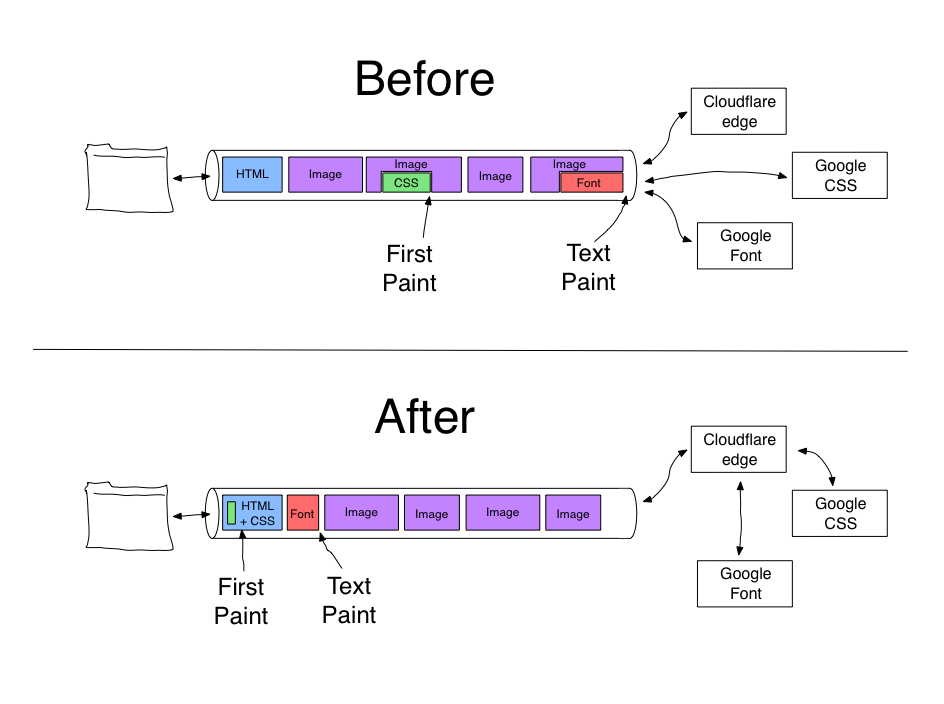From Excel to Network Infrastructure as Code with Carl Buchmann
After a series of forward-looking podcast episodes we returned to real life and talked with Carl Buchmann about his network automation journey, from managing upgrades with Excel and using Excel as the configuration consistency tool to network-infrastructure-as-code concepts he described in a guest blog post in February 2018
Read more ...

 SDxCentral spoke with Nick Lippis, ONUG co-founder and co-chair, about ONUG’s first conference in Europe. The event is part of a partnership with Barclays, and will be held December 7 at their corporate headquarters in London.
SDxCentral spoke with Nick Lippis, ONUG co-founder and co-chair, about ONUG’s first conference in Europe. The event is part of a partnership with Barclays, and will be held December 7 at their corporate headquarters in London. Beyond the usual suspects, Alibaba's capex leapt in the quarter putting it ahead of many other hyperscale operators.
Beyond the usual suspects, Alibaba's capex leapt in the quarter putting it ahead of many other hyperscale operators. Huawei is a key player in the group, which might explain why no U.S. operators are members.
Huawei is a key player in the group, which might explain why no U.S. operators are members. The vendor’s resiliency also improved airport security. “With security you can’t afford any downtime,” said the director of IT and security at Charleston International Airport.
The vendor’s resiliency also improved airport security. “With security you can’t afford any downtime,” said the director of IT and security at Charleston International Airport. The SDK abstracts the developer away from having to deal with hardware security.
The SDK abstracts the developer away from having to deal with hardware security. Cisco acquires software provider Ensoft; AWS expands language processing service and Snowball; and the LF Networking Fund grows its membership.
Cisco acquires software provider Ensoft; AWS expands language processing service and Snowball; and the LF Networking Fund grows its membership.